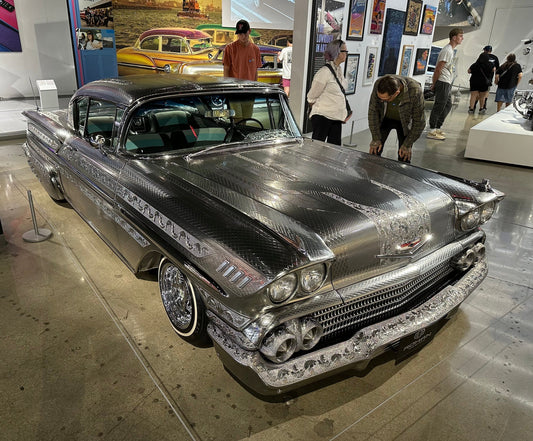Sometimes it helps to look at the mathematics behind digital audio to help us understand what's going on. Especially when that mathematics is simple arithmetic.
For example, I get asked all the time how Octave Records manages to record in DSD256 and then work its mix magic in DXD without any audible loss. This may be hard to understand, especially since most of us know the speed at which we record.
It seems impossible.
For example, DSD256 is running at an incredibly fast speed of 11,289,600 cycles per second (11.2 mHz). Compare that with your recording industry standard of 48,000 cycles per second. Right? Eleven million cycles per second versus 48 thousand cycles per second (or to get crazy, some studios have ventured out to 96 thousand cycles per second. Woo Hoo!)
Once we record the music in DSD256 we need to mix the multiple tracks together to make a finished stereo record. Because DSD256 is a 1-bit system it cannot be mixed or level controlled. In order to do that it must be converted into one of several options: analog, PCM, or multibit DSD (really PCM but,,,).
Ok, how does Octave Studios do it? When we first began, we recorded everything on the Sonoma system in DSD64 running at 2.82mHz. We then ran that through a D/A converter into analog, mixed it, then ran it back through an A/D converter into DSD. That worked great but we knew we could do better. To my ears it was/is the most intrusive lossy means of making records (just think of all the conversions and then analog op amps in the mix board etc.).
There had to be a better way.
We then moved from the Sonoma system to our current recording setup, Pyramix. Pyramix is a wickedly complicated, expensive, and hard to learn DAW (Digital Audio Workstation) created by a group of super smart Swiss engineers who believed in the purity of DSD (as do we).
This system is capable of up to 64 channels of DSD256, though we limit Octave's setup to 32 channels (if we can't nail it in 32 channels we should be doing something else).
To mix those 32 possible channels (most Octave recordings are 16 to 20 channels) together without loss, Pyramix uses what they call DXD. DXD is quite simply PCM running at exactly the same data rate and bit depth of DSD256. Now, this is where the math comes in and (hang in there), I'll show you how it works.
DSD256 is 1-bit running at 11,289,600 times per second (per channel). Capturing music at this blazingly fast capture rate sounds absolutely perfect. No loss whatsoever (as you can imagine—the system scoffs at capturing a measly 20kHz with perfection).
Now it comes time to convert the DSD to a form we can adjust the levels. To do that requires a conversion (you can't do math on a single bit) to DXD. DXD is PCM running at 352,800 times per second. That's quite the leap from 11mHz! Only, not so fast. We're forgetting that PCM is a multibit system, compared to DSD running at 1-bit.
Ok, here's the math. DXD is 32 bits of dynamic range, running at a constant sample rate of 352,800 times a second. So, 352,800 x 32 = 11,289,600. Look familiar? 1-bit at 11.2mHz is the same as 32 bits running at 352.8kHz.
Exactly. They are the same, just different ways of looking at the data (and no, to make the conversion we don't need to run the DSD through a processor, it's all just a bit of math).
As I said, sometimes a little math helps us understand what's going on.










